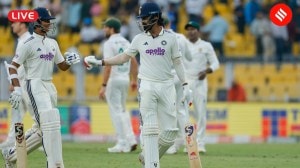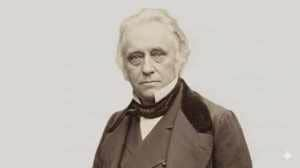Did the Don have a perfect 100?
Sixty years after Sir Don Bradman ended his Test career with a batting average of 99.94...

Sixty years after Sir Don Bradman ended his Test career with a batting average of 99.94, a cricket statistician claims that he has found the “missing” four runs that would take the Australian legend’s average to the magical 100 mark.
“Don Bradman’s Test average — 99.94 runs per dismissal — is entrenched in Australian folklore, and the story of the Don’s final innings, out for a duck when just four runs would have taken his average to 100, has been told countless times. Just four runs, spread over a career of almost 20 years and more than 197 hours at the crease. It is worth asking: just how sure can we be that the number is correct?” statistician Chris Davis wrote in The Sydney Morning Herald. “As it happens, my recent research has shown that it could be wrong: a tantalising clue to four missing runs has been found,” he claimed.
Davis said he has found the “missing four runs” of Sir Don, who passed away in 2001, in some previously undiscovered Test statistics after extensive research.
“In the scorebook of the epic eight-day fifth Test of 1928-29 against England in Melbourne, won by Australia by five wickets, there is a ‘problem’ boundary in the final stages, when Bradman was batting with Jack Ryder. (I found this when rescoring the Test, ball by ball, to re-create the exact sequence of events),” he elaborates.
“The relevant sections of Bill Ferguson’s original score are illustrated: there are four runs attributed to Ryder that are in the wrong place in both the batting section of the score and in the bowling section (Maurice Tate’s 35th over). There is no doubt that a recording error of some kind has occurred. So where do these runs belong?” he asked.
“Perhaps Ryder scored them at some other point of the innings. Perhaps they were not scored at all (in which case Australia, technically, did not win the match). More importantly, perhaps they were scored by Bradman. Just perhaps,” Davis says.
He reasons that score-recording is a tedious process and discrepancies cannot be ruled out and such small errors perhaps hold the key to those four runs that would make the most astonishing Test statistic of all time.







- 01
- 02
- 03
- 04
- 05
























